Tools Required
J 41820 Ball Joint/Stud Separator
Removal Procedure
Notice: Use only the recommended tools for separating the ball joint from the knuckle. Do NOT hammer or pry the ball joint from the knuckle. Failure to use the recommended tools may cause damage to the ball joint and seal.
- Turn the steering wheel in order to move the front of the applicable wheel to the outboard most position.
- Raise and support the vehicle. Refer to Lifting and Jacking the Vehicle in General Information.
- Remove the tire and wheel. Refer to Tire and Wheel Removal and Installation in Tires and Wheels.
- Disconnect the ABS wheel speed sensor connector (2).
- Disconnect the ABS wheel speed sensor jumper harness from the harness retainer clips (2).
- Remove the stabilizer shaft link.
- Remove the cotter pin (1) from the ball stud (3).
- Loosen the ball stud nut.
- Install the J 41820 over the ball stud and lower control arm as shown.
- Rotate the ball stud nut counterclockwise in order to separate the ball stud from the steering knuckle.
- Remove the ball stud nut.
- Remove the lower control arm bolts (1, 3) and nuts (2, 4).
- Remove the lower control arm.
Important: Use the ignition key in order to unlock the steering column.
Important: Use ONLY a frame-contact type vehicle lift or a floor jack at the recommended lift points. Do NOT use a suspension-contact type vehicle lift. Do NOT lift the vehicle by the lower control arms.
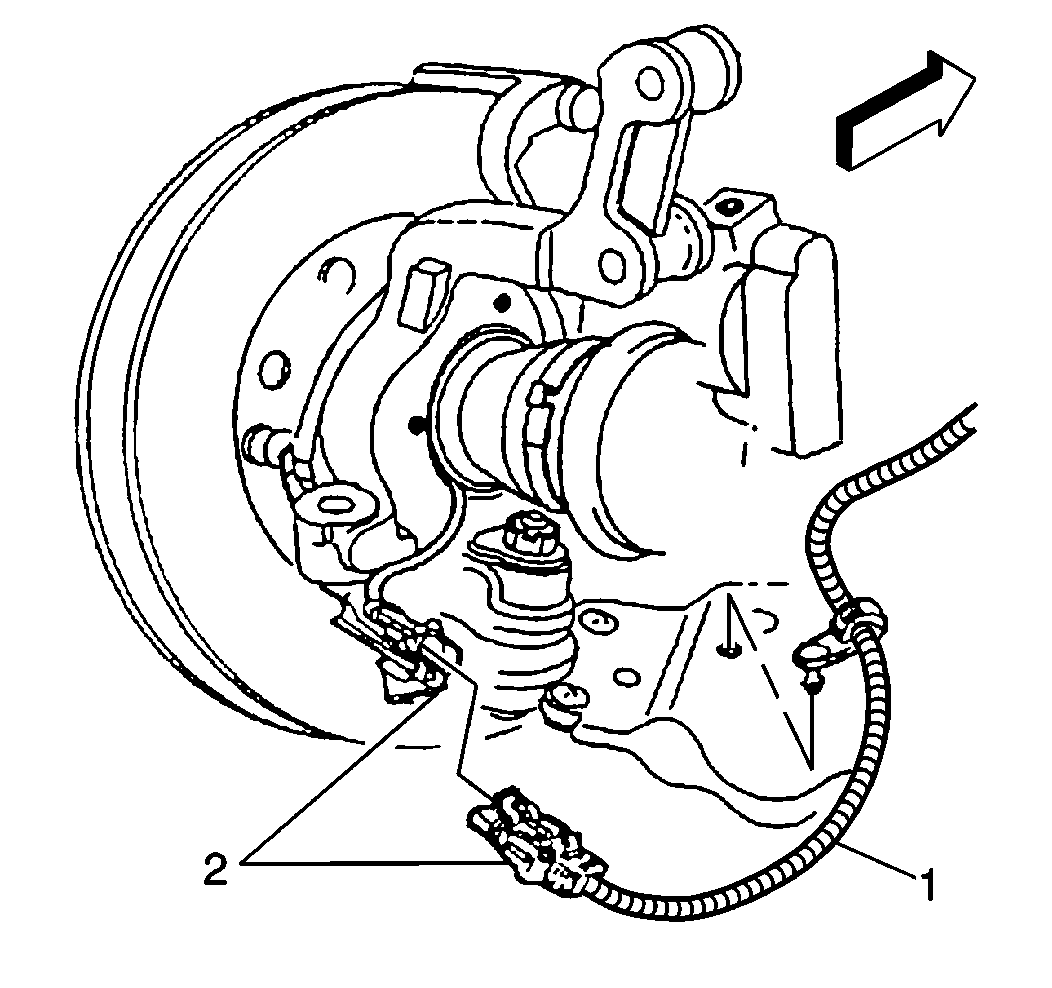
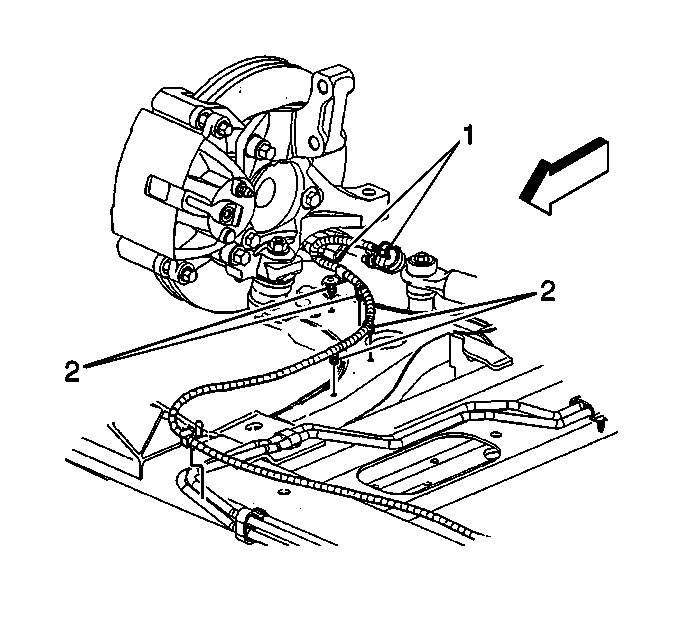
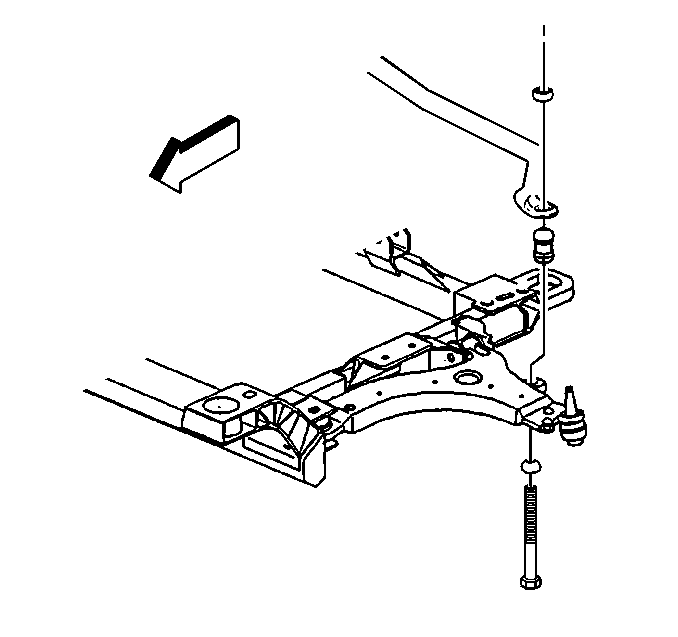
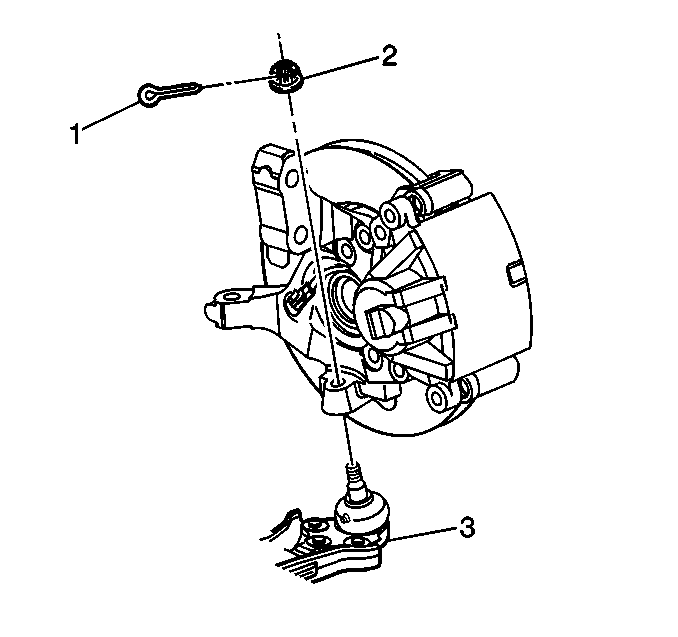
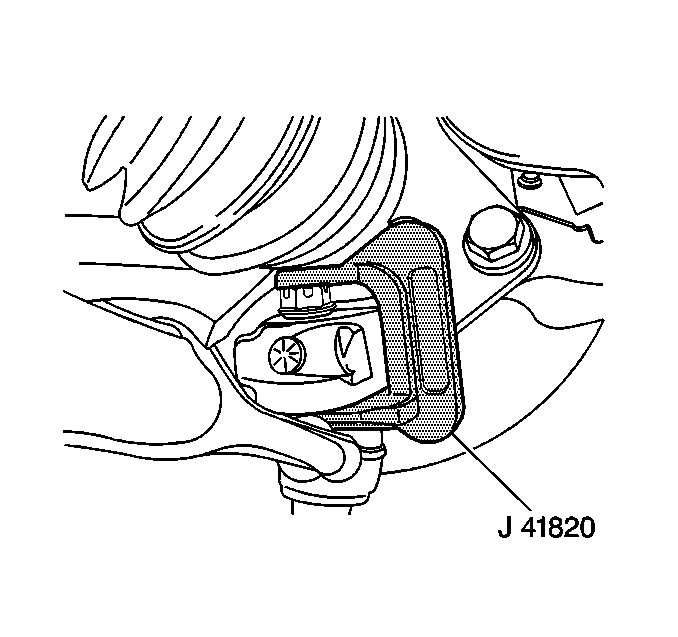
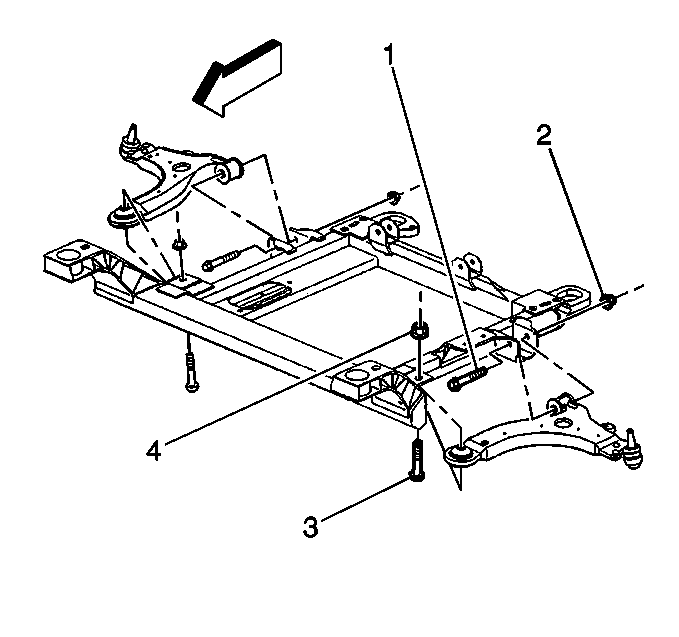
Installation Procedure
- Install the lower control arm.
- Install the control arm bolts (1, 3) and nuts (2 ,4).
- Install the ball stud to the knuckle.
- If necessary, tighten the ball stud castle nut in order to align the ball stud castle nut slot (1) to the ball stud cotter pin hole (2) as shown.
- Install a NEW cotter pin and bend the ends as shown in either example.
- Install the stabilizer shaft link.
- Install the ABS wheel speed sensor jumper harness to the harness retainer clips (2).
- Install the ABS wheel speed sensor connector (2).
- Install the lower control arm nuts.
- Install the tire and wheel. Refer to Tire and Wheel Removal and Installation in Tires and Wheels.
- Lower the vehicle.

Notice: Use the correct fastener in the correct location. Replacement fasteners must be the correct part number for that application. Fasteners requiring replacement or fasteners requiring the use of thread locking compound or sealant are identified in the service procedure. Do not use paints, lubricants, or corrosion inhibitors on fasteners or fastener joint surfaces unless specified. These coatings affect fastener torque and joint clamping force and may damage the fastener. Use the correct tightening sequence and specifications when installing fasteners in order to avoid damage to parts and systems.
Important: Align the ball stud cotter pin hole parallel to the knuckle in order to ease the cotter pin installation.
Tighten
Tighten the front lower control arm ball stud to knuckle nut to 20 N·m + 120 degrees.
(15 lb ft + 120 degrees).
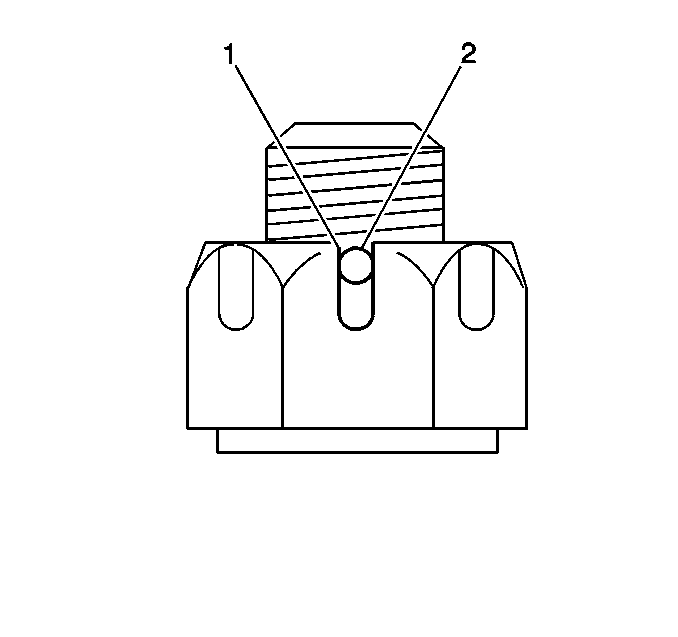
Important: Do NOT loosen the ball stud nut in order to align the ball stud nut slots to the ball stud cotter pin hole.
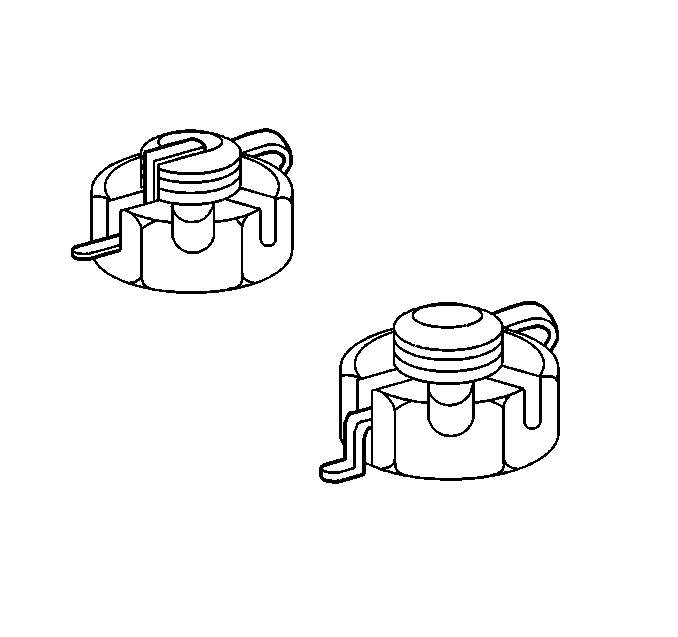
Important: Ensure that the cotter pin ends do NOT contact the ABS wheel speed sensor, the ABS sensor connector or the drive axle.



Important: This is a prevailing torque type fastener. Reuse this fastener ONLY
under the following conditions:
• The fastener and its counterpart are clean and free from rust. • The fastener develops 3 N·m (27 lb in)
of torque/drag against its counterpart prior to the fastener seating.
Tighten
Tighten the lower control arm nuts to 113 N·m (83 lb ft).
